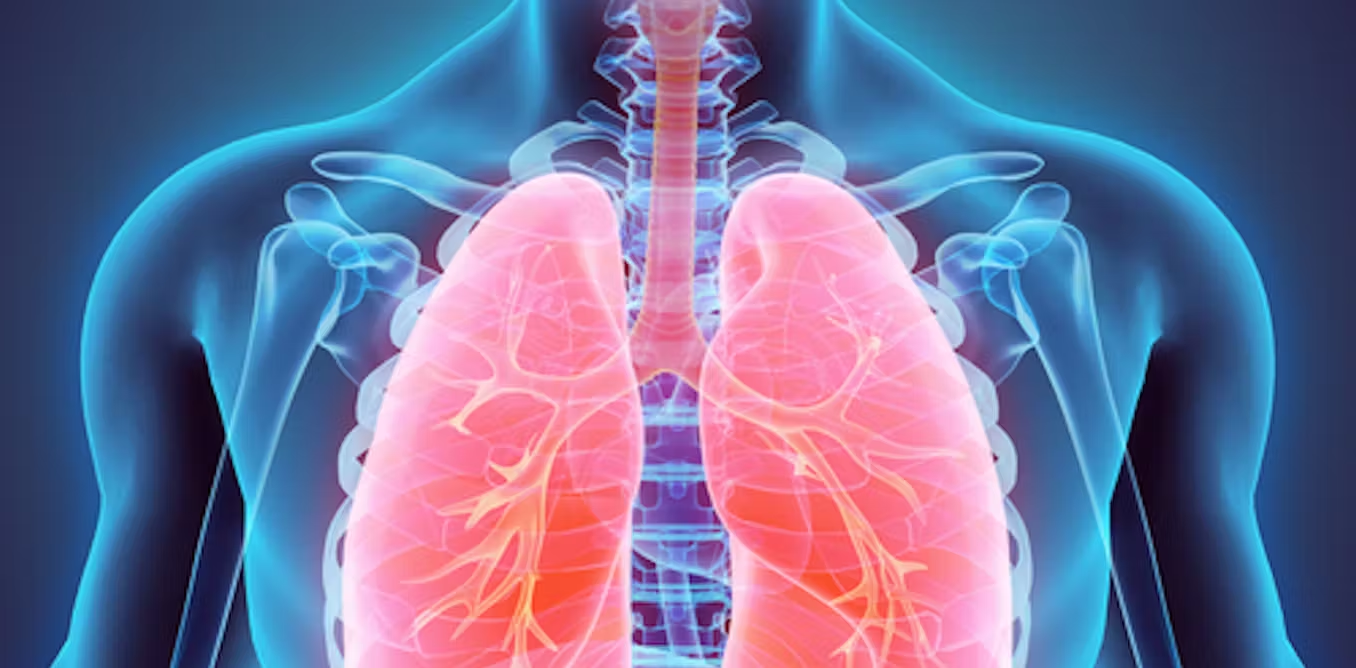innovuscollege.com – Paralysis is a condition that results in the loss of muscle function in part or all of the body. It can be caused by various neurological disorders, spinal cord injuries, or diseases affecting the nervous system. Understanding the science behind paralysis helps in developing better treatments and rehabilitation methods for affected individuals.
What Causes Paralysis?
Paralysis occurs when communication between the brain and muscles is disrupted. This disruption can be due to:
- Spinal Cord Injuries (SCI): Damage to the spinal cord prevents signals from traveling between the brain and body.
- Stroke: A blockage or rupture of blood vessels in the brain can damage motor control areas.
- Neuromuscular Disorders: Conditions like Amyotrophic Lateral Sclerosis (ALS) or Multiple Sclerosis (MS) degrade nerve function.
- Traumatic Brain Injury (TBI): Severe head trauma can impair brain regions responsible for movement.
- Infections and Autoimmune Diseases: Conditions such as Guillain-Barré Syndrome and polio attack the nervous system.
Types of Paralysis
Paralysis can manifest in different forms depending on the location and severity of nerve damage:
- Monoplegia: Affects one limb.
- Hemiplegia: Affects one side of the body.
- Paraplegia: Affects both legs and lower body.
- Quadriplegia: Affects all four limbs and the torso.
How the Nervous System Controls Movement
The nervous system controls movement through a complex network of neurons. The key components involved are:
- The Brain: The motor cortex sends signals to muscles via the spinal cord.
- The Spinal Cord: Acts as the main highway for nerve signals.
- Peripheral Nerves: Transmit signals from the spinal cord to muscles.
- Neurotransmitters: Chemicals like acetylcholine enable communication between nerves and muscles.
Damage to any part of this system can result in paralysis, depending on the location and severity of the injury.
Advances in Treatment and Rehabilitation
Although paralysis has no universal cure, advances in medicine and technology are improving recovery prospects:
- Physical Therapy: Helps maintain muscle tone and prevent atrophy.
- Electrical Stimulation: Devices like functional electrical stimulators (FES) can help restore some movement.
- Stem Cell Therapy: Research is exploring how stem cells may repair damaged nerves.
- Brain-Computer Interfaces (BCI): Emerging technology that allows paralyzed individuals to control devices using brain signals.
- Surgical Interventions: In some cases, nerve grafts or spinal cord implants may restore partial function.
Conclusion
Paralysis is a complex condition with various causes and effects. Understanding the underlying mechanisms provides a foundation for developing innovative treatments. With ongoing scientific research, the future holds promise for improved therapies that can enhance mobility and quality of life for those affected by paralysis.





